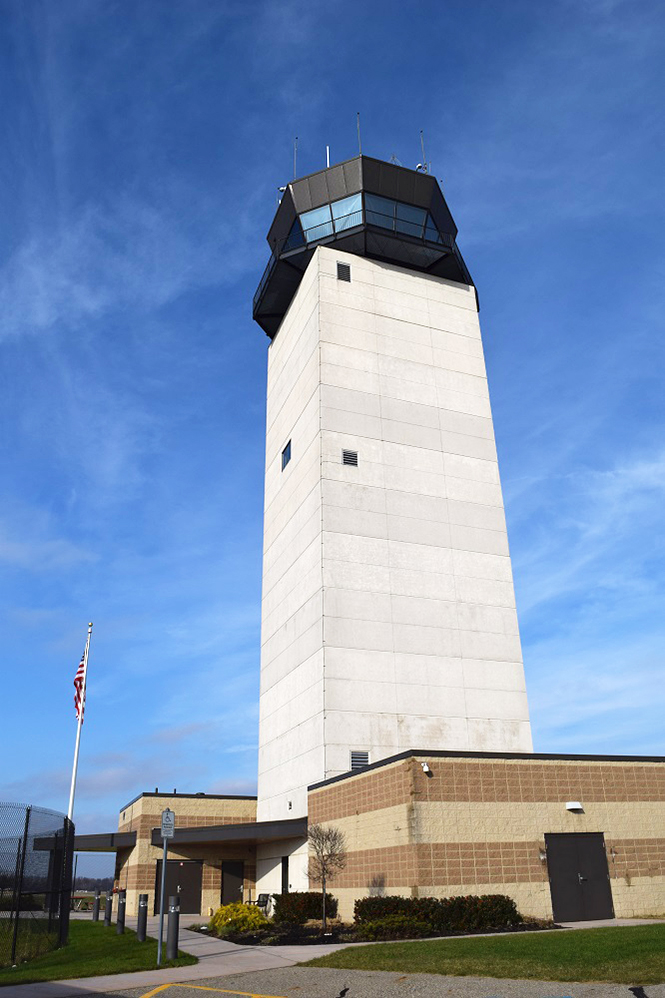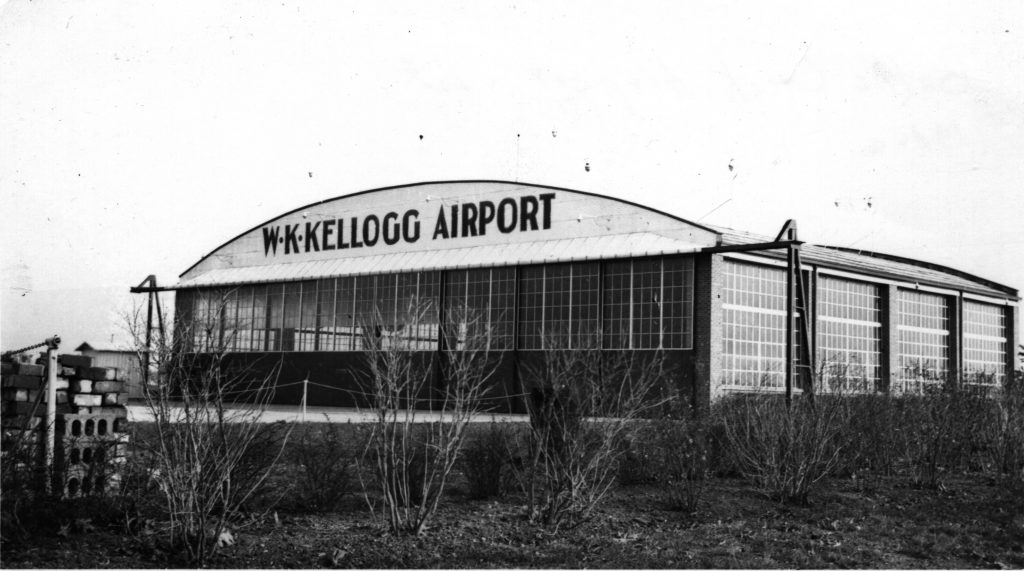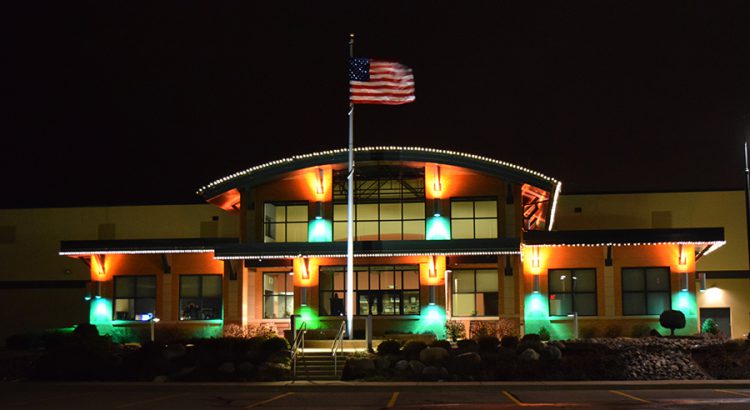W.K. Kellogg Airport celebrated its 95th birthday last week. On September 24, 1924, the Battle Creek, Michigan Area Chamber of Commerce signed a five-year lease of a farm, with an option to purchase, for an aviation field. Field grading began quickly, and the Battle Creek Airport officially opened Aug. 28, 1925.

The Battle Creek Airport was renamed the W.K. Kellogg Airport on June 20, 1928, after W.K. Kellogg donated $60,000 to purchase the land option, and for airport improvements and equipment. At that time, Kellogg expressed his preference that the airport, not carry his name; despite that, the airport has done so for more than 90 years.
“As one of the largest general aviation airports in Michigan, the W.K. Kellogg Airport is consistently ranked in the top five busiest airports in Michigan,” said Airport Director Larry Bowron, who has managed the airport for more than 20 years.
“We are privileged to have such a unique and diverse tenant base that includes flight training and aircraft maintenance, as well as aircraft manufacturing/re-manufacturing, and fix base operator services, to fuel and service aircraft.”
The airport has a rich history of aviation firsts, and cutting-edge advancements in air transportation, including airmail service to Battle Creek in the summer of 1928. By the fall of 1929, Battle Creek enjoyed its first regular air passenger service, which would continue on and off through the late 1980s. In 1935, a two-way radio traffic control tower was installed at the airport, the first of its kind outside of Detroit.
The entire airport was leased to the U.S. Army from June 1942 through the end of World War II in September 1945.

During that time, the military referred to the airport as Kellogg Field. Later, in August 1947, the airport was designated by Gov. Kim Sigler as the base for the 172nd Fighter Squadron for the Michigan Air National Guard, a first in the state’s ANG history.
W.K. Kellogg Airport sits on more than 1,250 acres, and has grown tremendously over the years, both in infrastructure and in the number of tenants operating on the field. Current tenants include the Michigan ANG, Duncan Aviation, FAA Flight Inspection Field Office, WACO Classic Aircraft, and more than 50 private aircraft owners.



